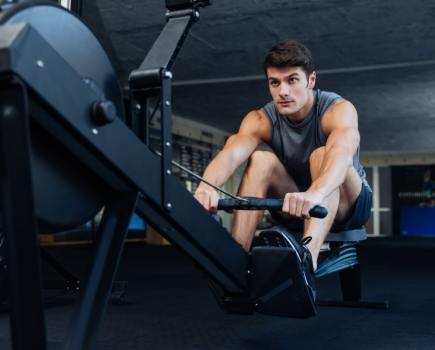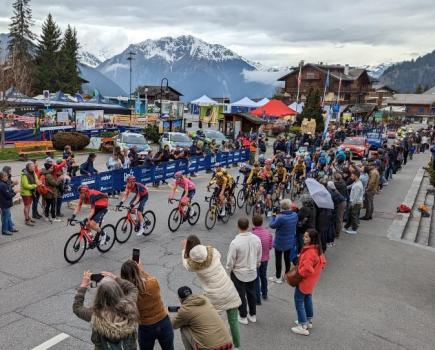Want to smash a new PB in your next race? Science suggests you will first need to override your body’s natural in-built braking system…
Humans instinctively run at the most energy-efficient speed. This is regardless of the distance they are covering, according to new research.
A team of scientists from Queen’s University in Ontario, and Stanford University in California, analysed data from runners in a lab. They also recorded runs with the help of wearable fitness trackers.
The results, published in the journal Current Biology, found that our natural tendency is to run at a sustainable speed which conserves caloric loss.
And we instinctively want to run at this naturally balanced pace. This is true whether we are running 1km or 10km.
From an evolutionary perspective, it makes perfect sense that we naturally want to run at an ultra-efficient speed which burns the least amount of energy.
And most of the time, it is a good idea to trust your body’s natural in-built pacing mechanism.
But if you are an athlete who wants to smash your PB, you will first have to beat your in-built braking system.
How to beat your in-built braking system
To do so, there are a couple of tricks which can help you to get there.
“Listening to music with a faster pace has been shown to help speed up stride frequency, which can then increase running speed,” suggests study author Dr Jessica Selinger, a neuromechanics researcher at Queen’s University.
Training with faster running mates, or adhering to a pre-defined pacing strategy, can also help you to push past your body’s braking system.








